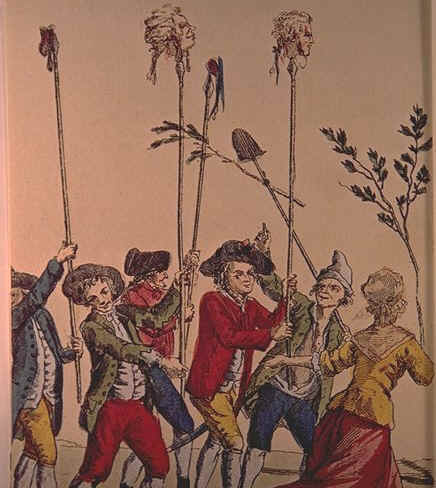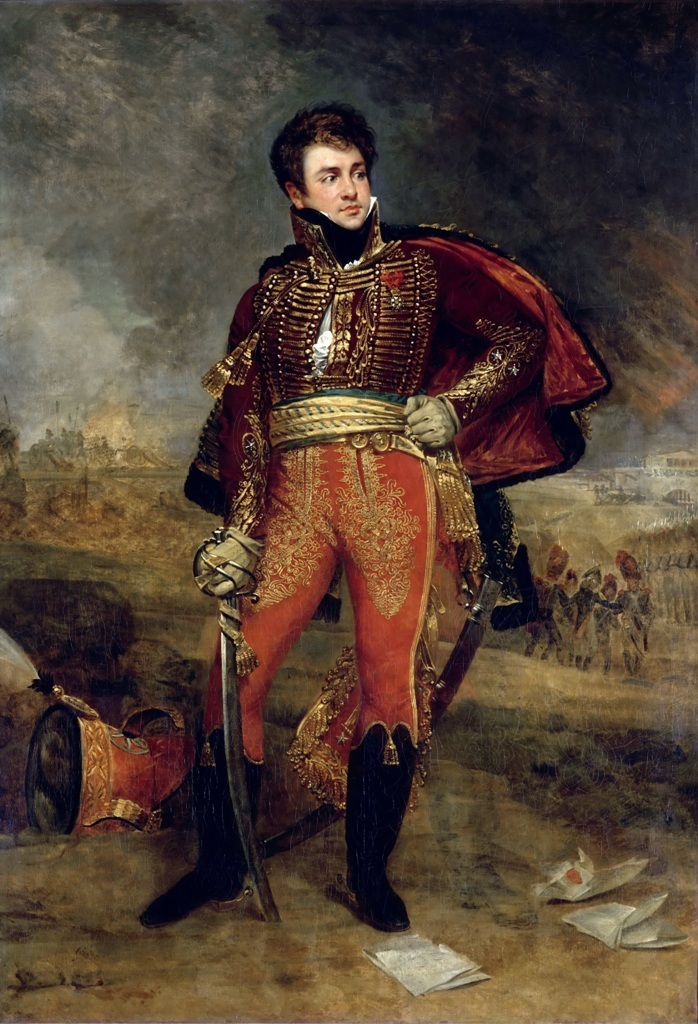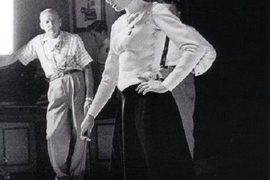It’s a classic among fencers and has some of the most realistic fencing scenes ever portrayed on the silver screen. The Duellists, based on a short story by Joseph Conrad, is a masterpiece. But what most people don’t know, is that it’s based on a true story.

Pierre Dupont de l’Étang was born in 1765 and he was a French general of the French Revolutionary War and the Napoleonic Wars. After the French Revolution, much of Europe looked in disgust at the gruesome realities of the Revolution, and many of the monarchs rightly feared it would spread.
In 1792, France declared war on Prussia and Austria, starting a conflict that would draw in much of Europe, and indeed the whole world. Prussia and Austria responded to the declaration of war by invading France. Their battle luck lasted from the spring until September 1792, when they were halted at the battle of Valmy. This is the setting where one of the combatants in, perhaps the most spectacular, stories in the history of duelling started to rise to fame.
During the battle of Valmy, the 27-year-old Dupont de l’Étang was noted for his bravery, and the year after, in 1793, he forced an entire Austrian regiment to surrender. Dupont de l’Étang’s rise was quick, and he would also serve in the Napoleonic wars until he led a failed campaign in Spain where 17,600 French capitulated and Madrid was retaken by the Spanish troops in 1808. Due to this, he fell from grace and was court-martialed, but would later rise again and become Minister of War. Finally, he lost that position too due to his reactionary political leanings.

Let’s shoot the messenger. Literally.
Joseph Conrad’s short story was inspired by Dupont de l’Étang’s repeated duels that started early in his career. As a young officer in the Napoleonic Army he was asked to deliver an unpleasant message to another officer, François Louis Fournier-Sarlovèze.
Fournier was a fanatical duellist and was known as the “worst subject of the Grande Armée” and apparently he had never heard about the concept of not shooting the messenger. He was so outraged by the message that Dupont had delivered that he challenged him to a duel.
The first duel was fought in 1794, but Fournier was not happy about it and wanted another try. And then another. And then another. Over the course of 19 years, the men fought over 30 duels, using an array of weapons of the time, including sabres, rapiers and pistols, both on foot and mounted.

The constant troublemaker
Fournier was stripped of his rank but reinvented himself several times during his life. In the early years of the Revolution he was noted for his extremist Jacobinian political views. The Jacobinians, under Robespierre, started the Reign of terror, killing 40,000 people, out of which around 85% were simply ordinary people who dismayed the revolutionaries in some way. One of the leaders, Bertrand Barère, famously called out in the Convention: “Let’s make terror the order of the day!”
When Robespierre himself was executed in 1794, it put an end to the Reign of Terror, and Fournier found himself imprisoned. He managed to escape and joined the Army of the North, but that wasn’t the end of his troubles. He was again arrested for financial dishonesty and illegal absences, before rising once more in ranks. Only to be arrested on suspicion of conspiracy. After having yet again being reinstated, he went to Spain where he had some military successes, and distinguished himself for his bravery. But then… he got back into trouble when he cut an aide-de-camp with his sabre. You’d think he would at some point had learned to keep his cool, but he even got into an argument with Napoleon himself, and was again stripped of his rank.
Fournier was during this period sent to Mayence prison for his falling out with Napoleon. During the journey to the prison, his carriage was attacked by Cossacks. He grabbed the sword of a dead gendarme, and with the help of the surviving gendarmes, he routed the Cossacks. He then famously returned to his seat and said: “Go on! To Mayence!“.
Duelling comes to an end
The poor Pierre Dupont de l’Étang must have cursed his luck for having had to once deliver that message and get a mad man following him for almost two decades. It all came to an end when he successfully bested him in a duel and made Fournier promise to leave him alone. And that was that. Pierre Dupont de l’Étang lived into retirement, whereas Fournier died at the age of 53.
In any case, it makes for a fantastic story, and an amazing film:




